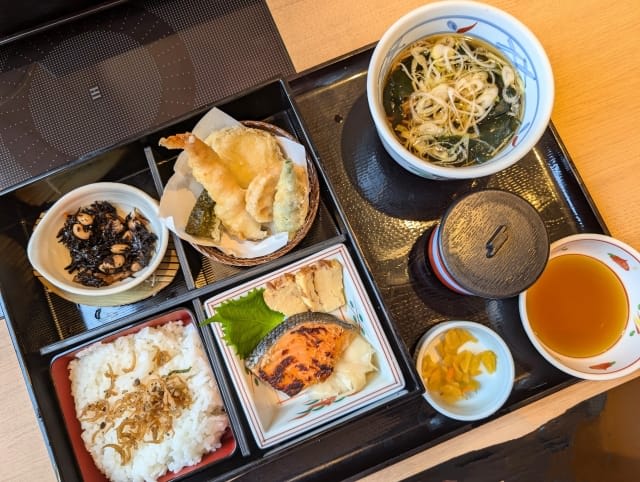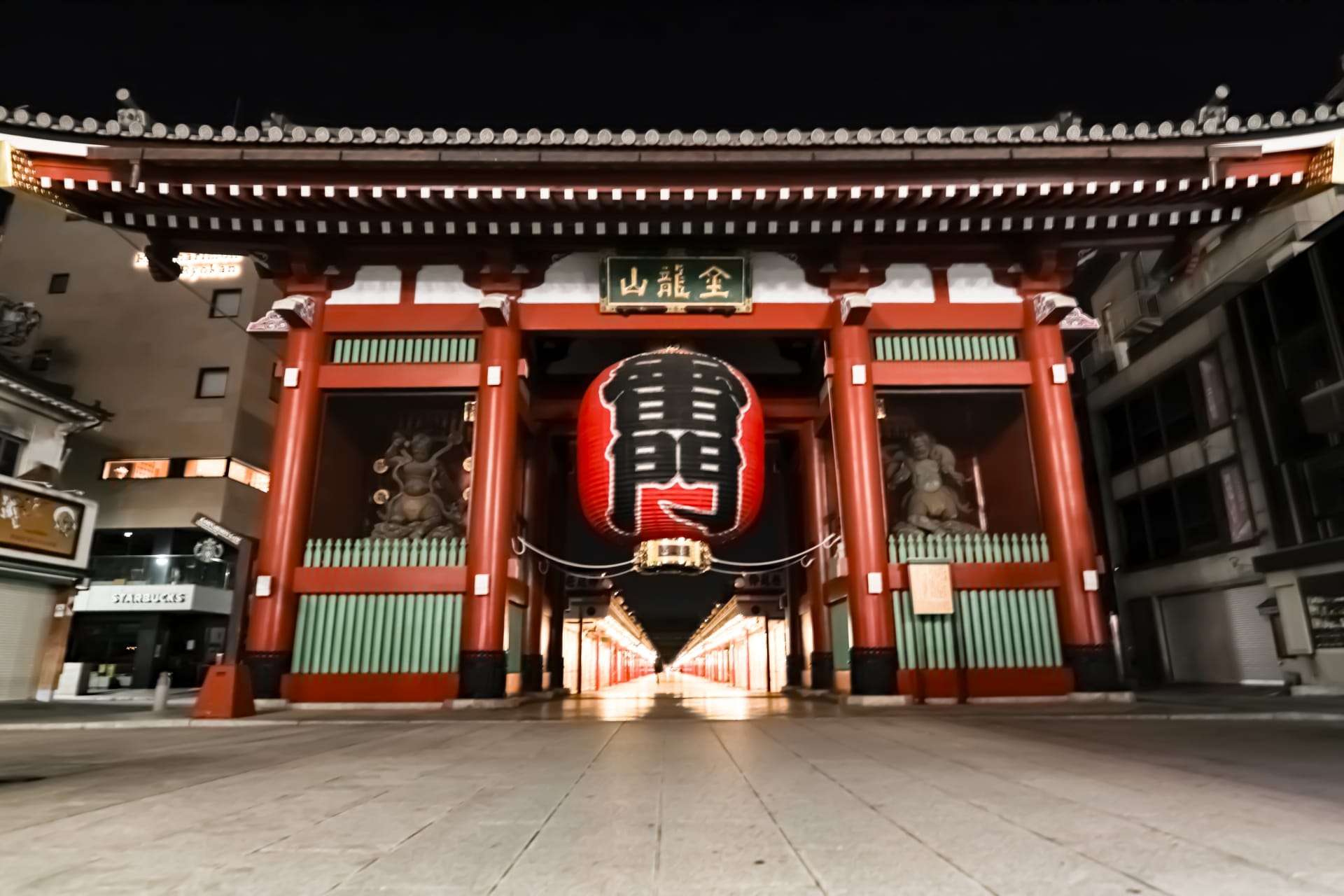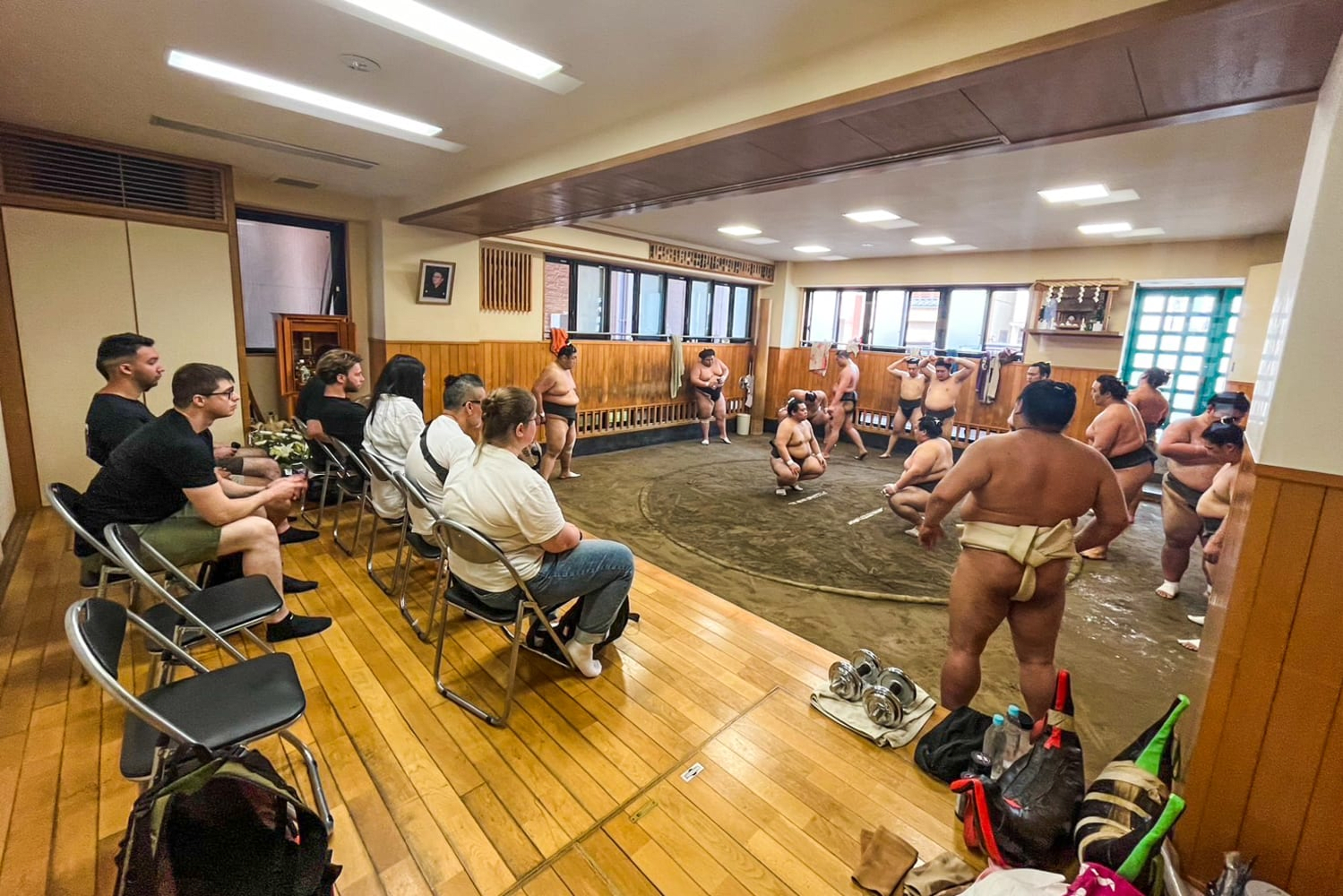32 Essential Japanese Phrases to Enjoy Restaurants Like a Local
The reason for updating the article is the growing interest in tours that allow visitors to enjoy Japanese food culture and delicious dishes. As these tours gain popularity, Magical Trip's tour, which ranked #1 among all tours on Tripadvisor, has been receiving numerous applications.

For those interested in traditional Japanese cuisine, join the "Wagyu Beef & Sake Paring Foodie Tour in Ginza," where a knowledgeable local guide will take you to their highly recommended Japanese restaurants. While enjoying Wagyu and sake, your local guide will teach you proper dining etiquette and the best ways to savor each dish.
If you want to enjoy exceptional Japanese cuisine in Tokyo, consider joining one of these tours. With expert guides who know Tokyo inside and out showing you their recommended restaurants, you'll have an unforgettable Japanese dining experience.
・Tokyo Bar Hopping Night Tour in Shinjuku(ranked #1 among all tours on Tripadvisor)
・Finest Quality Sushi & Tempura Dining Experience in Ginza
We hope you'll have a wonderful time experiencing everything Ueno has to offer by joining a Magical Trip tour!
Introduction
While Japanese food culture is loved worldwide, visitors often face language barriers when visiting Japanese restaurants. What we Japanese take for granted in terms of ordering and dining etiquette can be confusing for foreign visitors.
Indeed, Japanese is one of the more challenging languages for foreigners to master. With its mix of kanji, hiragana, and katakana, plus complex honorific expressions, it can seem daunting. However, I believe that learning just a few basic phrases can make dining at Japanese restaurants much more enjoyable.
In this article, I, as a Japanese native, will introduce 32 useful phrases for foreign visitors to use in restaurants. From specifying noodle firmness at ramen shops to adjusting rice portions at sushi restaurants, I'll explain common expressions that we Japanese use naturally in an easy-to-understand way.
I believe that by memorizing these phrases, you can have a deeper and more enjoyable dining experience in Japanese restaurants. I hope this helps you overcome the language barrier and feel closer to Japanese food culture!
Table of Contents
・6 Basic Phrases for Japanese Restaurants
・5 Useful Phrases When Ordering
・6 Phrases to Use During Your Meal
・5 Essential Phrases for Ramen Shops
・5 Must-Know Phrases for Sushi Restaurants
・5 Useful Phrases for Izakaya
・Manners and Important Points for Japanese Restaurants
・Frequently Asked Questions About Japanese Restaurants
6 Basic Phrases for Japanese Restaurants

When you enter a Japanese restaurant, the first thing you'll hear is an energetic greeting from the staff. I'll introduce various phrases you can use from that moment through ordering, dining, and payment.
I believe these basic phrases will help you overcome the first hurdle of dining in Japanese restaurants.
・"Irasshaimase": A greeting from staff meaning "Welcome"
・"○ nin desu": Used to tell them your party size. For example, "Ni-nin desu" for two people
・"Menu wo onegaishimasu": Used to request a menu
・"Osusume wa nan desu ka?": Used to ask staff for recommendations
・"Chuumon onegaishimasu": Used when you're ready to order
・"Okaikei onegaishimasu": Used when you want to pay
I believe mastering these phrases will help you handle basic communication in restaurants smoothly.
Now, let's look at phrases useful for actually ordering food.
5 Useful Phrases When Ordering

It's helpful to remember these phrases to order according to your preferences and dietary restrictions:
・"Kore wo onegaishimasu": Used when ordering by pointing at menu items
・"Karaku-nai mono wa arimasu ka?": Used when you want to avoid spicy dishes
・"Allergy ga arimasu": Used to inform about food allergies
・"Vegetarian ryouri wa arimasu ka?": Used to ask about vegetarian options
・"Oomori de onegaishimasu": Used when you want a larger portion
I believe these phrases will help you order appropriately according to your preferences and restrictions. When I order in Japanese, the staff usually appreciate the effort.
When I travel abroad, I find that using local language for ordering helps me enjoy the food culture more deeply. Next, let's look at phrases to use during your meal.
6 Phrases to Use During Your Meal
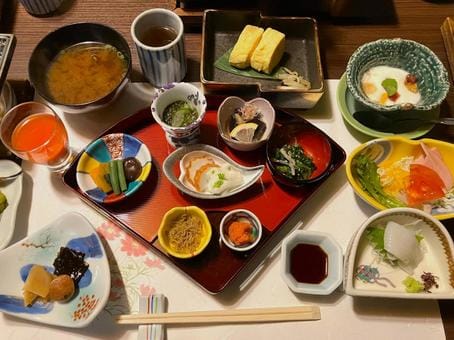
Communication is essential for enjoying your meal. Learning phrases for use during Japanese meals will help you have a smoother experience and deeper appreciation of Japanese food culture. These phrases can be used from the start to the end of your meal.
・"Itadakimasu": A traditional greeting said before starting your meal
・"Okawari onegaishimasu": Used when requesting more food or drinks
・"Oishii desu": Used to express that the food is delicious
・"Sukoshi karai desu": Used to indicate that something is spicy
・"Omizu wo onegaishimasu": Used to request water
・"Gochisousama": A phrase of gratitude said after finishing your meal
I believe mastering these phrases will help you behave more naturally and comfortably in Japanese restaurants.
Next, let's look at phrases specific to certain types of restaurants, starting with ramen, Japan's beloved national dish.
5 Essential Phrases for Ramen Shops
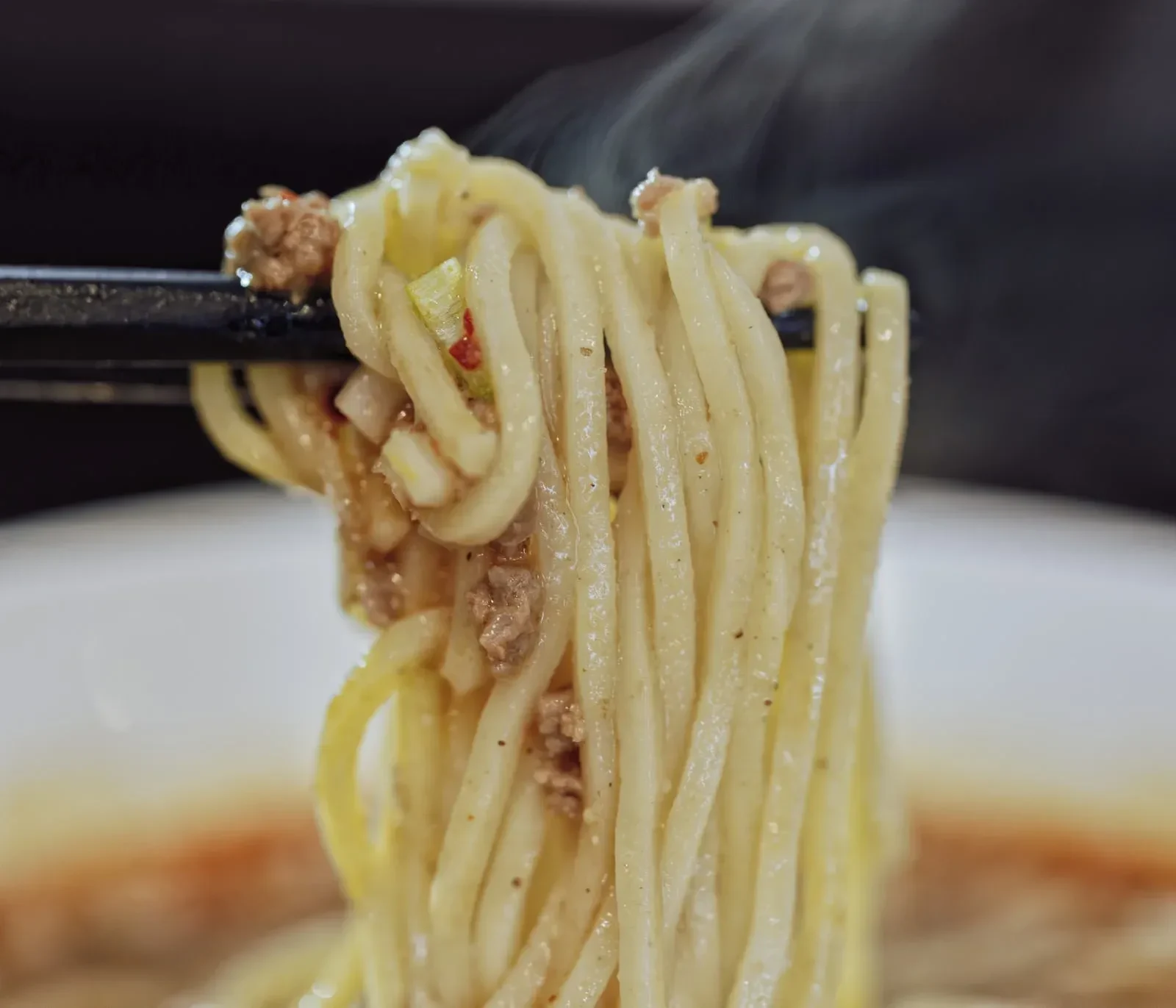
Ramen is one of Japan's representative dishes and hugely popular with foreign tourists. However, many people find the unique ordering system at ramen shops confusing. I believe these phrases will help you order with confidence:
・"Katasa wa dou shimasu ka?": A question about noodle firmness (choose from "normal, firm, soft, very firm")
・"Abura no ryou wa?": A question about oil quantity in the soup (choose from "normal, more, less")
・"Aji no kosa wa?": A question about soup intensity (choose from "normal, strong, light")
・"Toppingu wo tsuika dekimasu ka?": Used when asking to add extra toppings
・"Kaedama onegaishimasu": Used when ordering extra noodles
I personally prefer "firm" noodles and "strong" soup, and I always order this way.
I think ramen is a profound dish, and it's interesting to try different combinations. Next, let's look at phrases for sushi, a traditional Japanese cuisine.
5 Must-Know Phrases for Sushi Restaurants
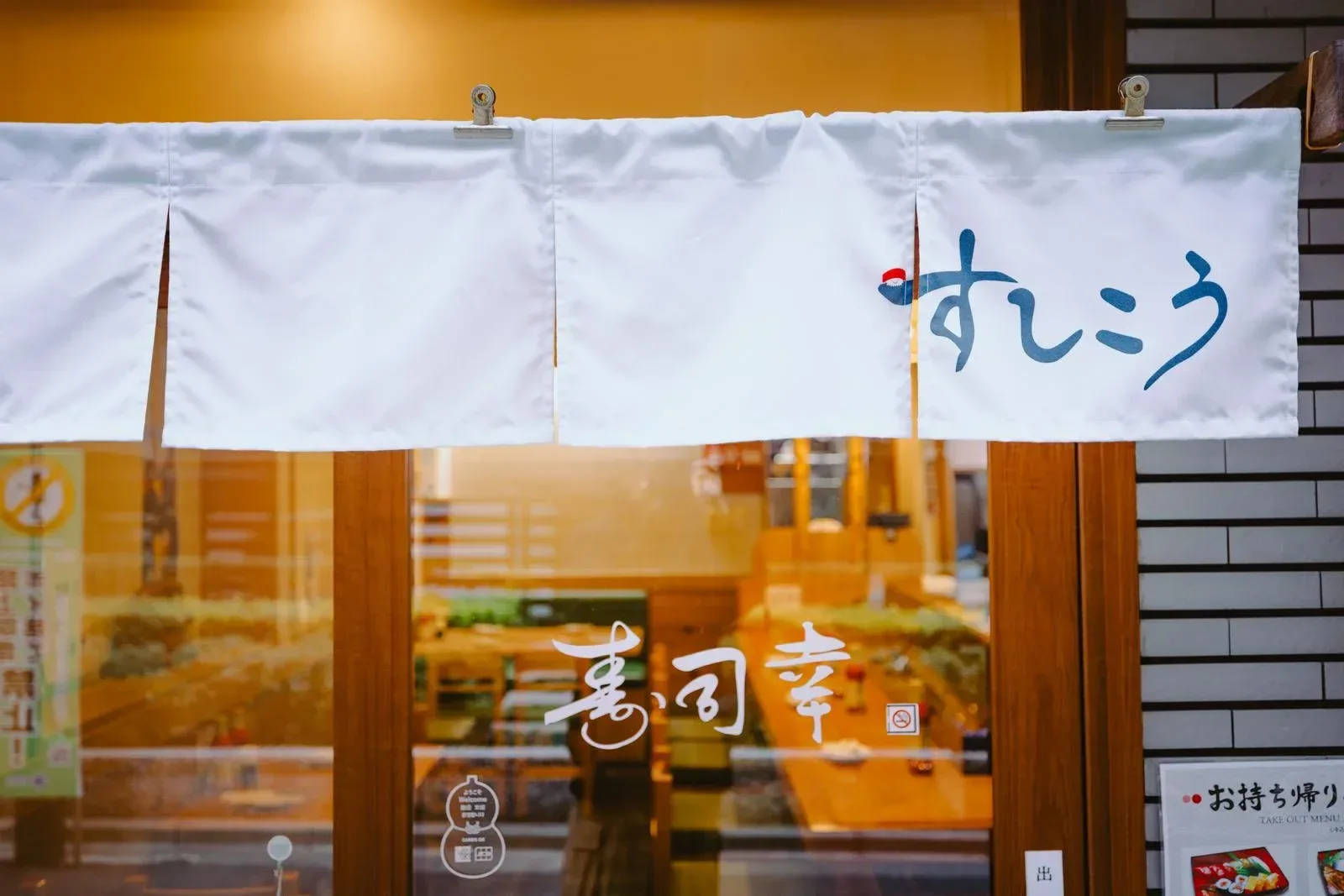
Sushi is one of Japan's proudest culinary exports, and many foreign tourists look forward to trying it. However, many find the specific etiquette and terminology at sushi restaurants challenging. These phrases will help you order with more confidence:
・"Omakase de": Used when ordering the chef's selection
・"Wasabi-nuki de onegaishimasu": Used when you want no wasabi
・"Shari wo sukuname ni onegaishimasu": Used when you want less rice
・"Kyou no osusume wa nan desu ka?": Used to ask about today's fresh recommendations
・"Ootoro kudasai": Used when ordering premium fatty tuna
I often order "omakase" and always encounter wonderful sushi. Next, let's look at phrases for enjoying Japan's izakaya culture.
5 Useful Phrases for Izakaya
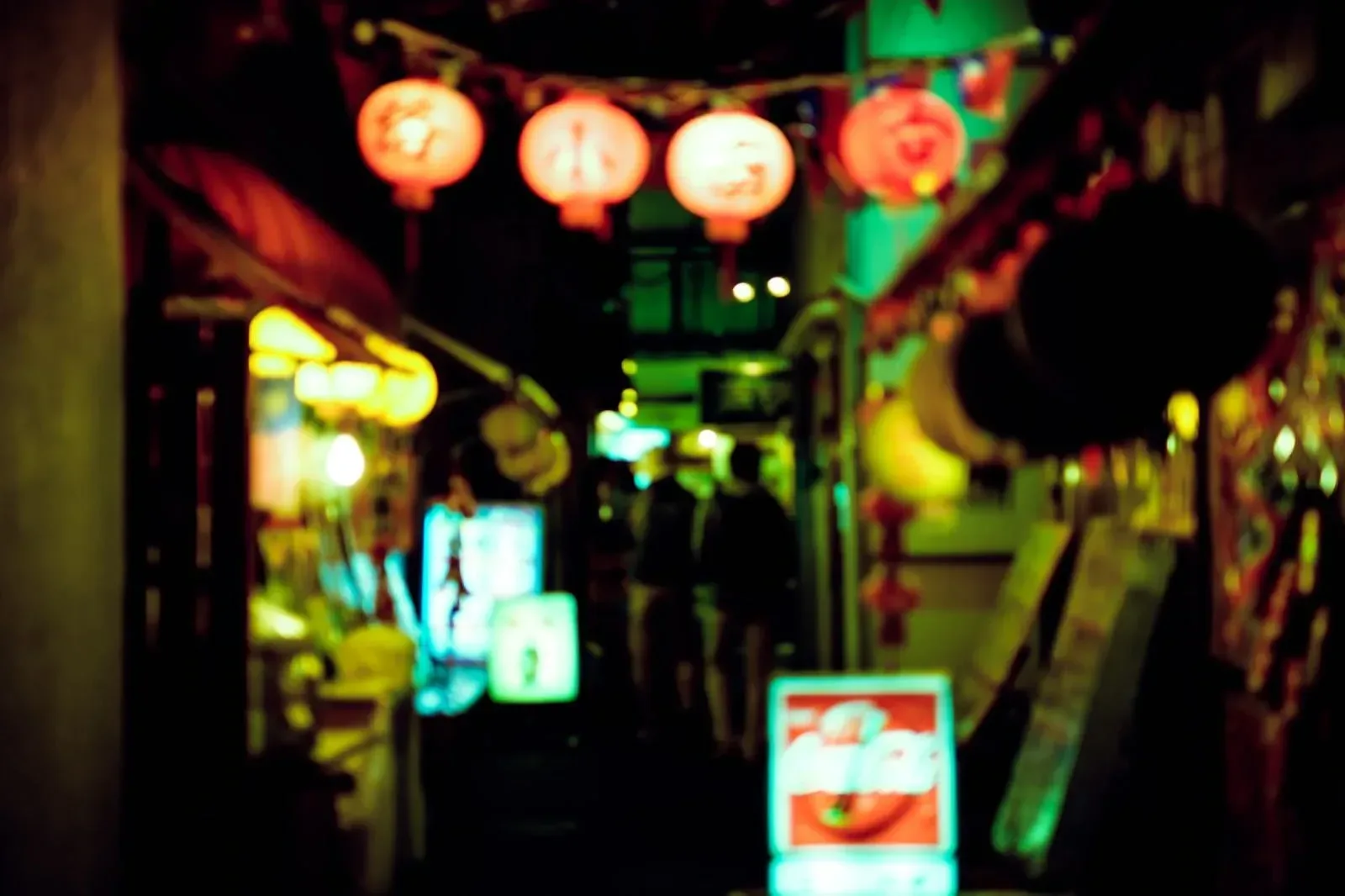
Izakaya are essential to experiencing Japanese food culture. These phrases will help you enjoy the izakaya experience more fully:
・"Osusume no nihonshu wa arimasu ka?": Used when wanting to try local sake
・"Kore wa nan to iu ryouri desu ka?": Used when asking about unfamiliar dishes
・"Eigo no menu wa arimasu ka?": Used to check if there's an English menu
・"Ninki menu wa nan desu ka?": Used to ask about popular or specialty dishes
・"Nomihoudai wa arimasu ka?": Used to ask about all-you-can-drink options
When I visit different regions, I often ask about "recommended sake" to enjoy local specialties.
Manners and Important Points for Japanese Restaurants
Now, let's look at manners and important points for dining in Japanese restaurants.
Dining Etiquette

Following these points will help you dine more enjoyably and politely in Japanese restaurants:
・Chopstick use: Avoid stabbing food with chopsticks or passing food between chopsticks. These actions are considered improper in Japanese culture.
・Dining greetings: Remember to say "itadakimasu" and "gochisousama deshita". These words are important expressions of gratitude.
・When eating noodles: Making sounds is acceptable. In fact, it can be seen as a sign of enjoying the meal.
・How to hold dishes: For Japanese cuisine, it's basic etiquette to hold rice bowls and soup bowls while eating. Avoid eating from dishes left on the table.
Restaurant Behavior

Behavior in Japanese restaurants differs somewhat from Western customs. Keep these points in mind for a more comfortable experience that aligns with Japanese culture:
・Shoe handling: If there's a tatami area, remember to remove your shoes. When removing shoes, arrange them neatly.
・Tipping culture: Tipping is not customary in Japan. It can even be considered rude, so it's best avoided.
・Giving up seats: During busy times, it's polite not to linger and to give up your seat for the next customer. This is especially important at popular restaurants during peak hours.
・Voice volume: Especially in upscale restaurants, it's preferred to converse in moderate voices. Japanese culture values quiet dining.
Payment Points to Note
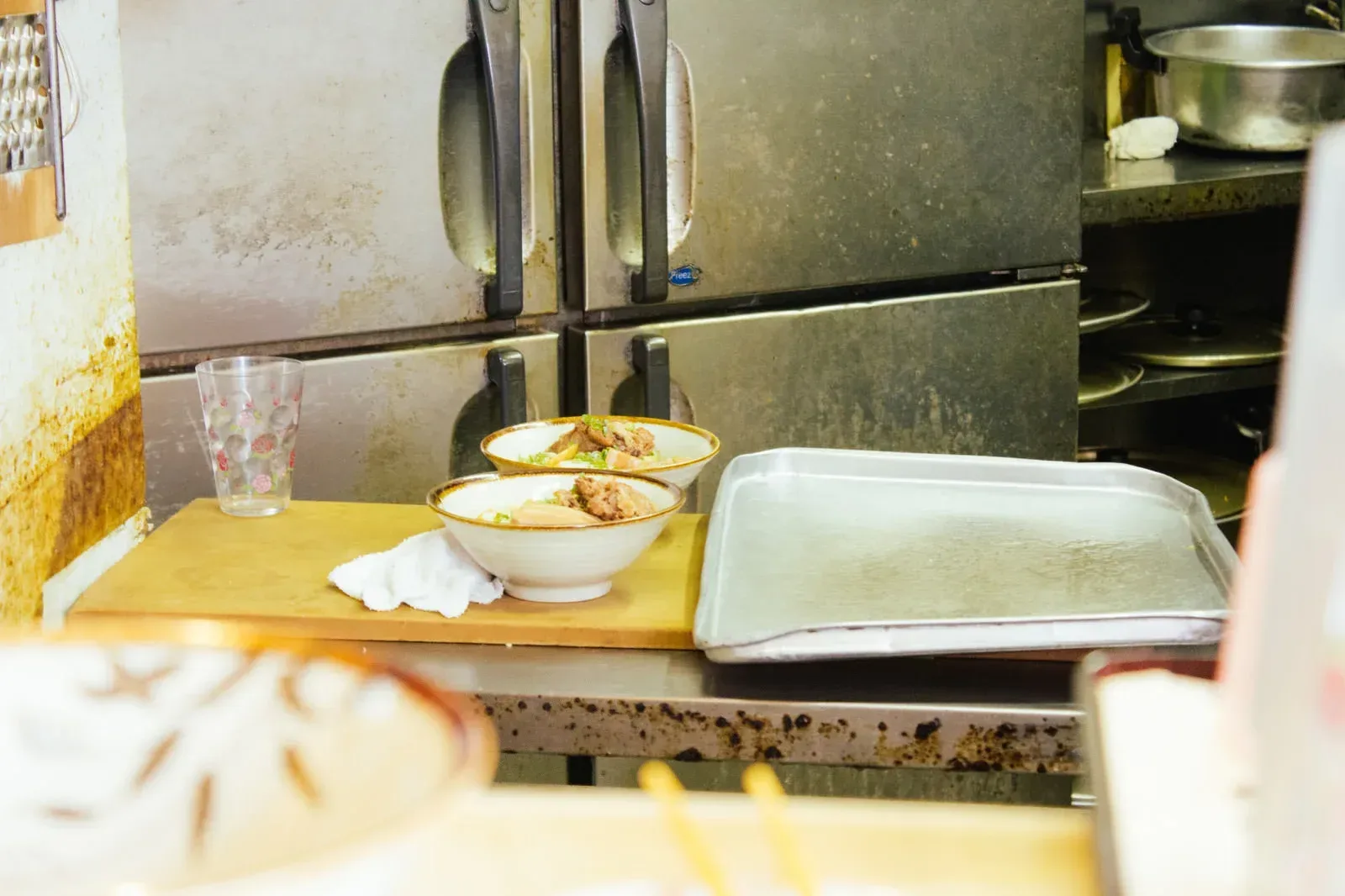
Payment methods in Japanese restaurants might differ from what foreign visitors are used to. Keep these points in mind for smooth payment:
・Payment method: Many restaurants require payment at the register rather than at the table. After finishing your meal, it's common to go to the register yourself.
・Small establishments often accept cash only, so it's good to have cash ready. Especially in rural areas, credit cards might not be accepted.
・Tax-inclusive pricing: Menu prices usually include tax. No additional tax will be added.
When I travel abroad, I always research payment customs beforehand.
Frequently Asked Questions About Japanese Restaurants
Finally, I'll answer common questions about Japanese restaurants from a Japanese perspective.
Are English Menus Common in Japanese Restaurants?
While English menus are becoming more common in tourist areas and big cities, not all restaurants have them. Small local restaurants and establishments catering to locals often don't have English menus.
In such cases, I recommend asking "Eigo no menu wa arimasu ka?" or looking for picture menus. In my experience, even without English menus, most staff try to be helpful.
Can I Use Credit Cards at Restaurants?
While large chain restaurants and upscale establishments often accept cards, small shops and izakayas typically accept cash only.
Cash payment is especially common in regional cities and areas away from tourist spots.
I recommend asking "Card wa tsukaemasu ka?" beforehand. When I travel to rural areas, I always carry extra cash.
Are There Vegetarian and Vegan Options?
Vegetarian and vegan options are still not very common in Japan. Many dishes use fish or meat stock, making it difficult to find purely vegetarian dishes.
However, specialized restaurants are increasing, especially in big cities. Finding specialized restaurants is the most reliable approach. My vegetarian friend thoroughly researched restaurants before visiting Japan.
Do I Need Reservations at Japanese Restaurants?
While reservations are often necessary at popular and high-end restaurants, they're usually not required at casual establishments.
Popular tourist spots and Michelin-starred restaurants almost always require reservations.
I recommend calling to ask "Yoyaku wa hitsuyou desu ka?" to be sure. I always make reservations for special dinner occasions.
Can I Smoke in Japanese Restaurants?
Since April 2020, indoor smoking has been generally prohibited, though some establishments maintain smoking areas. While many restaurants are completely non-smoking, some izakayas and small establishments have smoking rooms.
Ask "Kitsuen space wa arimasu ka?" or check the signage at the entrance. Personally, I find dining more comfortable since this law was implemented.
Finally, I believe that remembering these 32 phrases and various manners and points will help you have a deeper and more enjoyable dining experience in Japanese restaurants.
I hope this article helps reduce the language barrier and brings you closer to Japan's rich food culture!
